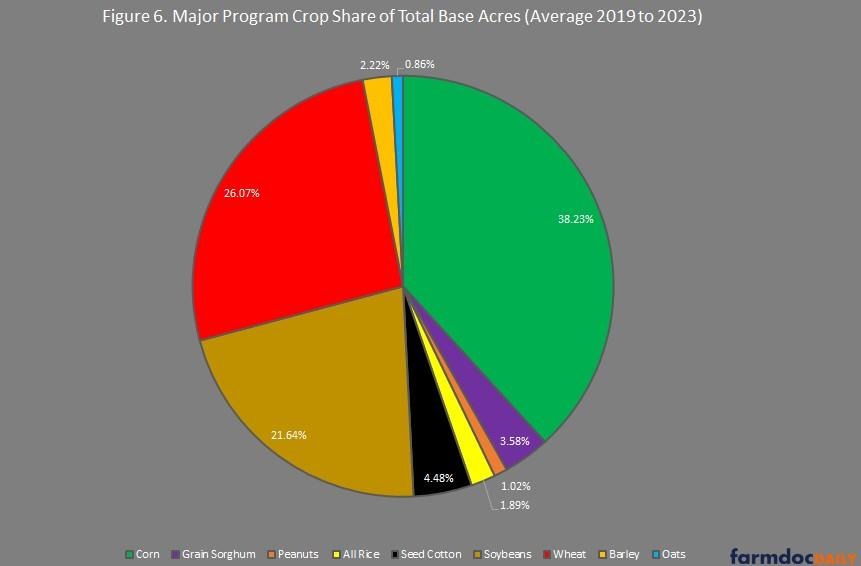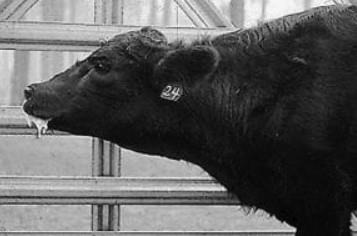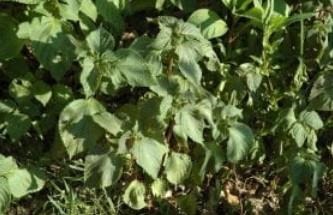Precision agriculture (PA) is a management strategy that uses cutting-edge technologies and tools to gather, process and analyze information to enhance farm assessment and provide optimized agricultural input applications, considering crop and soil needs for improving productivity. Precision nutrient management, for example, can play an important role in agricultural production. Nonetheless, PA adoption remains a major challenge and needs proper decision-support systems development using electronic sensors (GPS, GIS, VRT etc.) for its implementation. PA technologies are intended to help farmers make more-efficient use of crop inputs by following the so-called 5 R’s of PA. The 5 Rs of PA include: applying the Right Input, at the Right Amount, to the Right Place, at the Right Time, and in the Right Manner.

Figure 1. The right input application based on the Law of the Minimum can improve the overall yield and the input use efficiency.
Right Input
Optimizing the use of agricultural inputs does not always mean minimizing them. The goal is to increase the farm system's capacity and efficiency to maximize production and profit, while also improving environmental quality and sustainability. According to the Law of the Minimum (Liebig's law, 1873), "if one growth factor/nutrient is deficient, plant growth is limited, even if all other vital factors are adequate." It is necessary to determine the limiting factors and address them to improve plant growth. For example, if the deficient factor is nitrogen (Figure 1), after adding nitrogen to a sufficient level, there would be another factor but nitrogen that limits the yield.
Right Rate

Figure 2. The right irrigation rate based on needs can and will improve water use efficiency.
Identifying the field variations and determining the right amount of input is required to optimize agriculture practices that utilize variable-rate input applications instead of uniform applications to improve input use efficiency. For example, a variable rate irrigation system (VRI) can prevent overwatering by adjusting the rate of water applied based on the prescription map showing features encountered in a field to meet the demands of a particular part of the landscape (Figure 2). As a result, when the system passes over a pond or boggy area, the sprinklers will be turned off, or in areas where there is high infiltration or sandy soils, the sprinkler speed will be set on a lower rate while water will be added at a higher rate, and in areas with high clay content, nutrient input rates will be increased. Choosing the right nutrient application rate strongly depends on the potential yield expectation. A realistic zone-based-management yield average (five to seven years plus 5 to 7 percent) as a yield goal will help to optimize the nutrient applications. In addition, soil analysis and plant tissue testing for in-season applications and assessing the N status of the field will improve the nitrogen use efficiency.
Right Time

Figure 3. The right input application time can improve crop performance and reduce the environmental risk level associated with nitrogen leaching.
Many factors, including the growth stage of the plant, climatic conditions, crop nutrient uptake, and field operation logistics, may influence the right application time. The right application time will improve crop performance and reduce the environmental risk level associated with agricultural practices. For example, crop nitrogen uptake varies according to the growth stage over time (Figure 3). Side-dress nitrogen (N) in corn is recommended when crop demand is high (i.e. instead of applying the total N at once). This will reduce N losses through leaching and runoff. Split application (spoon-feeding) of N can also help reduce rainfall-related losses and improve nutrient use efficiency; therefore, it is recommended to target N in applications when corn demand for N is high to improve return on fertilizer investment.
Right Place

Figure 4. The right nitrogen placement may reduce nitrogen loss and decrease volatilization.
Appropriate placement of nutrient fertilizers may affect their uptake and nutrient use efficiency. Right nitrogen placement, for example, can reduce N loss to tile drainage and decrease volatilization, considering the plant root distribution and N source, soil dynamics, nutrient movement, and managing spatial variability within a field. For example, incorporating surface-applied N can reduce the risk of N volatilization and enhance nitrogen use efficiency (NUE). However, nitrogen injected by colters in the middle of corn rows in some conditions is subjected to leaching, especially in sandy soils. In drier conditions, Y-drop surface N application at the base of the corn plant at V4 to V6 may increase the NUE (Figure 4). However, the risk of potential volatilization may reduce the N availability during limited precipitation and daily wetting and drying cycles at the soil surface; nonetheless, late-season Y-drop N application may help to reduce leaf injury. Optimal placement of nutrients with a focus on management strategies for reducing the loss and improving nutrient use efficiency, demanding innovative methods, cutting-edge technologies, and decision-making tools to make it further practical for growers to adopt the best practices. For example, coated fertilizers with polymers, which slowly release N for plant use, can reduce nutrient loss while improving NUE and decreasing groundwater pollution (Ma et al., 2018; Zhou et al., 2018).
Right Manner

Figure 5. The right manner of weed management practices will vary based on factors, such as crop species, weed species, weed emergence time, weed density, etc.
The right manner is referred how we perform the precision applications. For example, the right manner in weed management practices means using the best method to control weeds based on factors, such as crop species, weed species, weed emergence time, weed density, etc. Targeted or selective weed control, variable herbicide application, or choosing the best weed control method from various methods, including cultural, chemical, mechanical, biological, and preventative approaches, can be referred to as the right manner (Figure 5). The right manner sometimes is not related to the use of advanced machinery, and as an example, if early-season weed control without using chemicals is the goal, a precision cover cropping system would be a good option.
Source : sdstate.edu